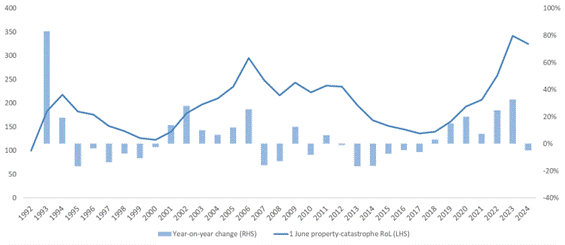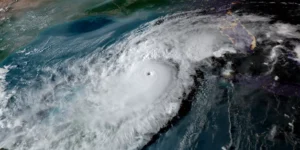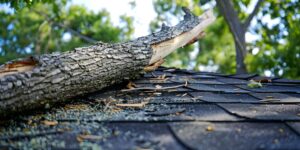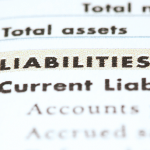Property-catastrophe rates saw some moderating trends during the June 1 reinsurance renewals, with average risk-adjusted rates-on-line decreasing by 5 percent within a typical range of -7.5 percent to -2.5 percent, according to Howden Re, the reinsurance business of Howden.
These decreases follow a period of notable rate hikes in 2022 and 2023, Howden Re said.
The downward pressure on property-cat rates is the result of capital recovery and increased market capacity, but “reinsurers remain vigilant,” said Howden Re, warning that an anticipated active hurricane season and other market factors could still present significant challenges.
“The reinsurance market is at a critical juncture. While the recovery of dedicated capital and increased capacity signal a potential softening of rates, the forecasted active hurricane season and other market pressures could counteract these trends,” commented David Flandro, head of Industry and Strategic Advisory at Howden Re, in a statement.

The reasons for the moderating pricing trends? Howden said the reinsurance market has seen a resurgence in dedicated sector capital, which now exceeds 2021 levels. At the same time, strong insurance linked securities (ILS) inflows have increased capacity at the top of programs and led to risk-adjusted rate reductions in higher layers.
“Larger Florida carriers have been particularly active in issuing catastrophe bonds, contributing to the increased supply in higher layers,” said the broker, noting that more than $3 billion of ILS issuance is covering Florida perils alone so far this year.
Returning to Property Risks
Some reinsurers have been refocusing on property risks, aiming to grow in peak zones including southwest wind — a shift that follows strong financial performances in 2023. Indeed, many reinsurers reported their best results in decades in terms of combined ratio, return on equity and economic value added.
“Collateralized retrocession capacity has likewise expanded, with capital providers’ assets under management growing significantly,” the broker continued.
The increased level of ILS interest reflects a broader market trend toward diversified alternative risk transfer mechanisms, offering reinsurers and cedents more options to manage their exposures, Howden Re continued.
Early Renewal Negotiations
Renewal negotiations started early in the year, which helped cedents target better terms and conditions to address previous increases in limits and attachments, as well as narrower wordings, the broker noted.
Reinsurers completed many programs early, which enabled the deployment of increased retrocession capacity as the renewals approached. “This strategic approach enabled some buyers to achieve more favourable terms in what remains a cautious market,” Howden said.
Countervailing Factors
Nevertheless, there are countervailing factors that could exert upward rating pressures, the broker indicated. “Forecasts indicate the potential for a notably active 2024 hurricane season. This follows weakening El Niño conditions and a 60 percent chance of La Niña developing midseason, which typically portends stronger storms.”
Greater Chance of Major Hurricane on East Coast This Year, Less in Gulf, Scientist Says
In addition, loss estimates from Hurricane Ian in 2022 have risen, while there are persistent challenges in lower layers, especially below the 10-year return period — factors that underscore “inherent market volatility and the need for strategic resilience.”
Source: Howden Re





















 U.S. High Court Declines Appeal, Upholds Coverage Ruling on Treated Wood
U.S. High Court Declines Appeal, Upholds Coverage Ruling on Treated Wood  Swiss Re Execs Sleeping Well After $2.4B Q3 Reserve Boost
Swiss Re Execs Sleeping Well After $2.4B Q3 Reserve Boost  New Hampshire High Court Invalidates GEICO Underinsured Claim Provision
New Hampshire High Court Invalidates GEICO Underinsured Claim Provision  Insurance Ranks in the Top 5 Most Affected Industries When It Comes to Identity Fraud
Insurance Ranks in the Top 5 Most Affected Industries When It Comes to Identity Fraud 